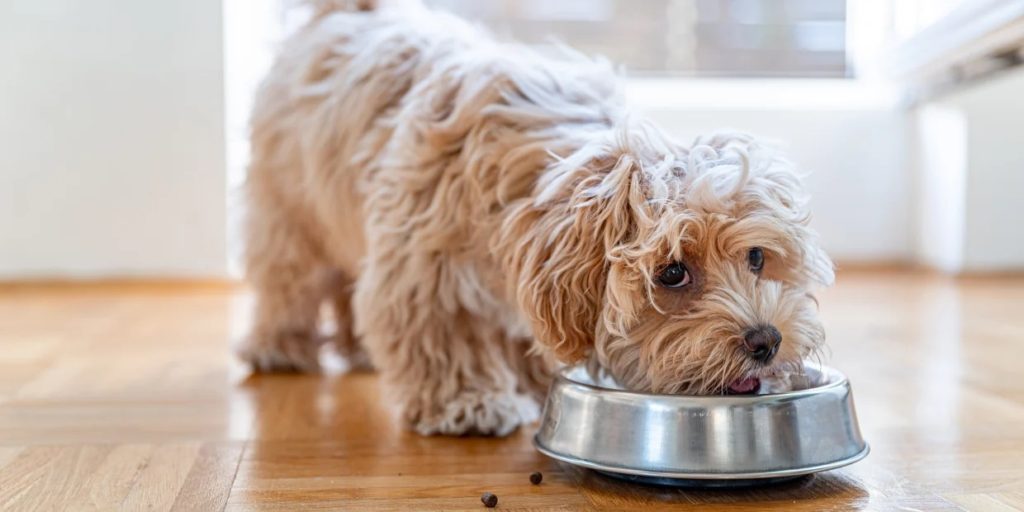
Does your pup seem uninterested in its food lately? Dry kibble can sometimes be unattractive to little fur babies, but don’t worry! Using some kitchen science tricks, you can easily make it more edible for your furry friend.
Undoubtedly, high-quality dry kibble can help satisfy your furry companion’s dietary needs. However, you should still consider being prepared with dog insurance NZ. Contemplate purchasing dog insurance so your four paws has a medical backup during accidental injuries, sickness, and health emergencies with minor economic hassle.
Meanwhile, read this article to learn quick ways to spruce up your four-legged baby’s dry kibble to encourage eating.
How to make dry kibble more edible for your pet
1.Fresh fruit and vegetable juices
Incorporating fresh fruit and vegetable juices into your puppy’s diet can be highly beneficial, as they are rich in essential vitamins and minerals. One way to do this is soaking the dry kibble in fruit/vegetable juice for about thirty minutes before serving.
Soaking helps soften the kibble, which some pooches find convenient to eat. It’s essential to juice the fruits/vegetables at home, as store-bought juices may not be as nutritious and contain coloring agents, artificial sweeteners, and preservatives.
Avoid soaking your dog’s kibble for every meal to preserve the beneficial teeth-cleaning properties of the crunchy texture that helps remove plaque formed on your puppy’s teeth.
2.Fatty acid supplements
Omega-3 and omega-6 essential fatty acids are crucial in promoting healthy skin and coats in puppies and can even aid in managing skin allergies. While commercially available supplements can be used, you can also provide those nutrients by adding flax and hemp oils into their food; however, seek your vet’s advice first.
3.Fresh vegetables
Including vegetables in a kibble meal helps provide a significant nutritional boost. Note that all vegetables offer a wide array of vitamins, minerals, protein, and fiber to enhance your pup’s meal, but the percentage may differ.
When feeding vegetables, it is advisable to lightly steam them or offer them raw. If you opt for raw vegetables, ensure they are finely grated or chopped into small bite-sized portions to optimize digestion.
High-fiber vegetables like pumpkin, carrot, cucumber, and winter squash can be especially beneficial for your canine’s digestive health, supporting its overall well-being.
4.Avoid high protein
Exercise caution when adding extra protein to your puppy’s diet. Canine pets may not require an excessively high protein meal unless they lead a highly active lifestyle.
Occasional additions like legumes, beans, lean meat, and fish to the meal can provide variety and additional nutrients, making it a delightful surprise for your furry family member.
Your vet can help determine the appropriate amount and type of protein to add based on your pet’s specific needs.
5.Prebiotics
Prebiotic enzymes are beneficial for canine fur babies as they promote gut flora, and aid in digestion, especially for those with digestive issues. Plant-based prebiotics, specifically formulated for puppies, can be a great addition to a pet’s kibble diet to ensure digestive health.
As with any dietary changes or supplements, it’s best to ask your veterinarian for the right advice.
6.Herbs
When using herbs in your pet’s meal, avoid those that can be harmful, as some herbs can be toxic to dogs. Stick to safe and beneficial herbs like oregano, rosemary, and parsley, and use them in moderation.
Try the above tips; however, consider being prepared with dog insurance in NZ. Dog insurance allows you to provide basic medical care during non-routine vet visits and medical emergencies with little financial stress, which is why you must contemplate purchasing a policy.
